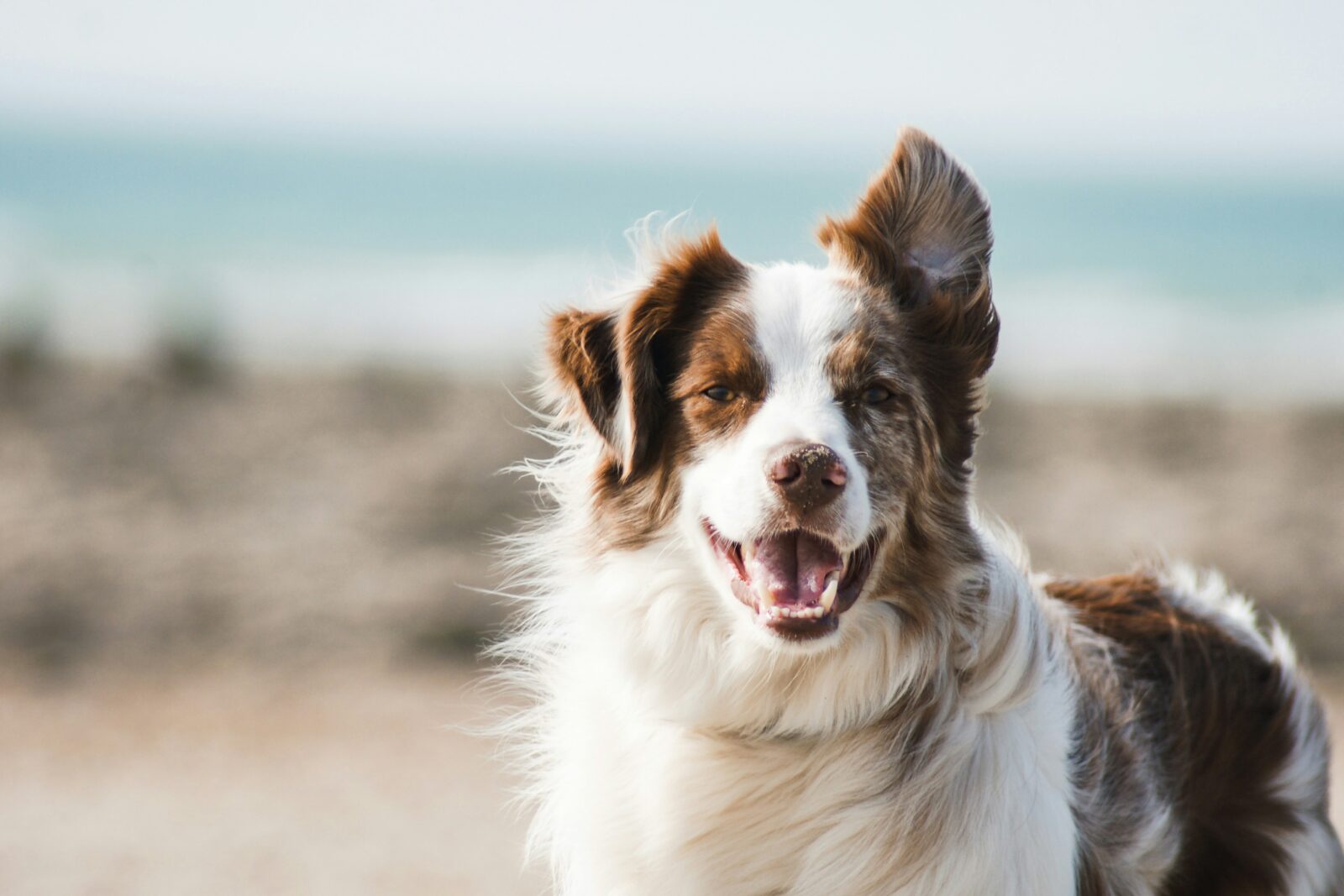Introduction
Regular exercise is crucial for a dog’s overall health and well-being. However, the exercise needs of dogs vary significantly based on their age, size, and breed. Tailoring exercise routines to these factors helps ensure that your dog remains healthy, happy, and well-adjusted. This guide will cover the best exercise routines for dogs of different ages and sizes, providing tips and suggestions for maintaining optimal fitness.
Puppies (Up to 1 Year)
1. Short Play Sessions
Puppies have boundless energy but limited endurance. Engage them in short, frequent play sessions to help them develop coordination and social skills without overtaxing their developing bodies. Activities like fetch, tug-of-war, and gentle running are excellent.
2. Basic Obedience Training
Incorporate basic obedience training into playtime. Commands such as “sit,” “stay,” and “come” can be taught during short exercise sessions, which helps with mental stimulation and bond strengthening.
3. Socialization Outings
Expose your puppy to different environments, people, and other dogs. Socialization is an essential part of their development and can be combined with physical exercise through leash walks and visits to dog parks.
4. Avoid Overexertion
Puppies’ joints and bones are still developing, so it’s important to avoid excessive jumping and running on hard surfaces. Stick to activities that are gentle on their growing bodies.
Adult Dogs (1 to 7 Years)
1. Moderate to High-Intensity Exercise
Adult dogs generally need more structured exercise compared to puppies. Aim for at least 30 minutes to 1 hour of moderate to high-intensity exercise daily. This can include brisk walks, running, or playing fetch.
2. Interactive Games
Incorporate interactive games such as agility training, which not only provides physical exercise but also mental stimulation. Agility courses, whether at home or at a training facility, can be a fun and challenging way to keep your dog fit.
3. Regular Walks
Daily walks should be a staple of your dog’s routine. Adjust the duration and intensity based on your dog’s breed and energy level. For active breeds, consider longer or more vigorous walks.
4. Cross-Training
Mix up exercise routines to prevent boredom and ensure well-rounded fitness. Activities like swimming can provide a low-impact workout that is easy on the joints while still offering a good cardiovascular workout.
Senior Dogs (7 Years and Older)
1. Low-Impact Activities
Senior dogs often have reduced mobility and joint issues. Focus on low-impact exercises such as gentle walks, swimming, or walking on soft surfaces like grass. These activities help maintain muscle tone and joint flexibility without causing strain.
2. Shorter, Frequent Sessions
Instead of one long exercise session, break it into shorter, more frequent sessions throughout the day. This approach prevents overexertion and allows your dog to stay active without becoming fatigued.
3. Joint Support Exercises
Incorporate exercises that specifically support joint health. Activities like slow, controlled walking and stretching can help keep joints limber. Consult your veterinarian for exercises that are appropriate for your dog’s specific condition.
4. Mental Stimulation
Older dogs may benefit from mental stimulation as much as physical exercise. Puzzle toys, scent games, and training sessions can help keep their minds sharp and provide a sense of accomplishment.
Exercise Tips for All Sizes and Breeds
1. Adjust Intensity and Duration
Always adjust the intensity and duration of exercise based on your dog’s size, breed, and overall health. Smaller breeds may require less intense workouts compared to larger breeds, while high-energy breeds may need more exercise to stay happy.
2. Watch for Signs of Overexertion
Regardless of age or size, monitor your dog for signs of overexertion, such as excessive panting, limping, or reluctance to continue. Ensure that they have access to water and take breaks as needed.
3. Safety First
Always use appropriate gear, such as well-fitting harnesses and leashes, to ensure safety during exercise. Avoid exercising your dog in extreme weather conditions to prevent heatstroke or hypothermia.
4. Veterinary Advice
Consult your veterinarian before starting a new exercise routine, especially if your dog has existing health conditions or has been inactive for a while. They can provide guidance on suitable activities and any precautions you should take.
Conclusion
Understanding the unique exercise needs of your dog based on their age, size, and health is essential for their overall well-being. By tailoring their exercise routine to these factors, you can help ensure that your dog remains active, healthy, and happy throughout their life. Regular exercise not only maintains physical fitness but also strengthens the bond between you and your furry friend. So, get moving and enjoy the benefits of a well-exercised dog!











Leave a Reply